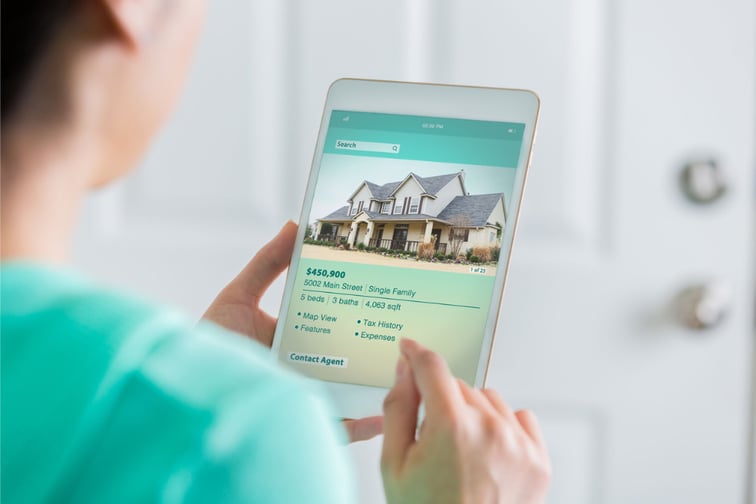

By
We are at the very beginning of this pandemic, which means there are many unknowns surrounding property prices. The only thing that is clear right now is that the majority of people have left the market – both buyers and sellers.
Demand has fallen, but so has supply. In the past, when a financial crisis has hit and buyers have been forced to sell, it has had the impact of putting sellers in a vulnerable position, making them more inclined to accept a low-ball offer.
However, this financial crisis has not happened on its own. Rather, this is a health crisis that is driving an economic crisis – and once the earth gets back on its axis and confidence returns around employment and income, however long that takes, property markets will stabilise, says Simon Pressley, managing director and head of property market research at Propertyology.
“The three years subsequent to both Australia’s last recession and the GFC produced strong increases in median house prices in eight out of eight capital cities and most regional locations,” Pressley says.
“Once pent-up demand for property is unleashed, we are likely to see values surge.”
Property analyst John Lindeman draws comparisons with the Spanish flu pandemic of 1919, which hit Australia under very similar conditions to the present.
Having first spread through Europe in 1918, the pandemic was brought to Australia by soldiers returning home at the end of the First World War, and rapidly moved through all our major cities.
“The death toll overseas was horrifically high – estimated to be over 50 million, and the local media whipped up fear and hysteria with alarmist headlines. People panicked and grabbed anything that they thought might protect them,” Lindeman says.
“Once pent-up demand for property is unleashed, we are likely to see values surge” Simon Pressley, MD and head of property market research, Propertyology
“The government acted quickly by quarantining overseas arrivals, including all returning soldiers and nurses. They closed the schools, churches, theatres, restaurants and hotels, and cancelled sporting events. Even the Sydney Royal Easter Show was cancelled, and war victory celebrations were postponed. People wore face masks, and those infected were isolated and the worst cases hospitalised.”
This caused some economic and social hardship and disruptions, but by the end of 1919 only 15,000 Australians had died from the Spanish flu, even though 40% of the Australian population had caught the virus.
“Our extremely low mortality rate compared to the rest of the world was because the government had acted quickly, limiting the movement and assembly of people. This in turn delayed the spread of the virus and enabled those who needed intensive hospital care to receive it,” Lindeman says.
The Australian response to the Spanish flu, which the Morrison government has largely followed with the COVID-19 outbreak, has since become “an internationally accepted model for containing, limiting and ultimately eradicating such pandemics”, he adds.
“As for the property market, capital city housing prices didn’t fall at all, as the graph shows. They actually boomed in 1919 and then continued to rise by more than 10% each year until 1921.
”Furthermore, until the onset of the pandemic, the fundamentals of the Australian property market were sound, Lindeman says.
“Leading indicators suggest that property prices will continue to rise in our major capital cities despite the pandemic, and that they could rise strongly once the coronavirus has become old news,” he says.
All of which is to say, we’re not quite at the point of slashing property values to “pandemic pricing” levels just yet.
